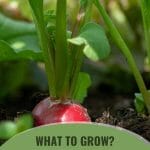

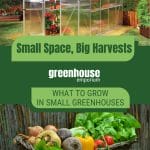

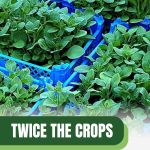
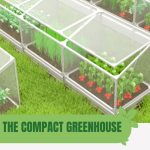

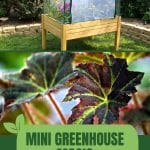
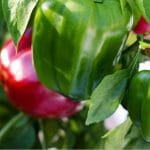
You don’t need to have a large greenhouse in order to extend your growing season and become a greenhouse grower. Budget, space, and aesthetics are all valid reasons to opt for a smaller greenhouse. Despite the size, a small greenhouse is incredibly versatile!
You can use a smaller greenhouse to kickstart your growing season by planting vegetable seeds before the last frost. In colder climates, it allows you to grow heat-loving plants such as tomatoes, peppers, and beans. And with a bit of planning, you can even use it to harvest crops such as carrots, beets, and peas twice in one year!
Read on to discover the best plants to grow in a small greenhouse, when to plant them, and how to make the most out of a small growing space.
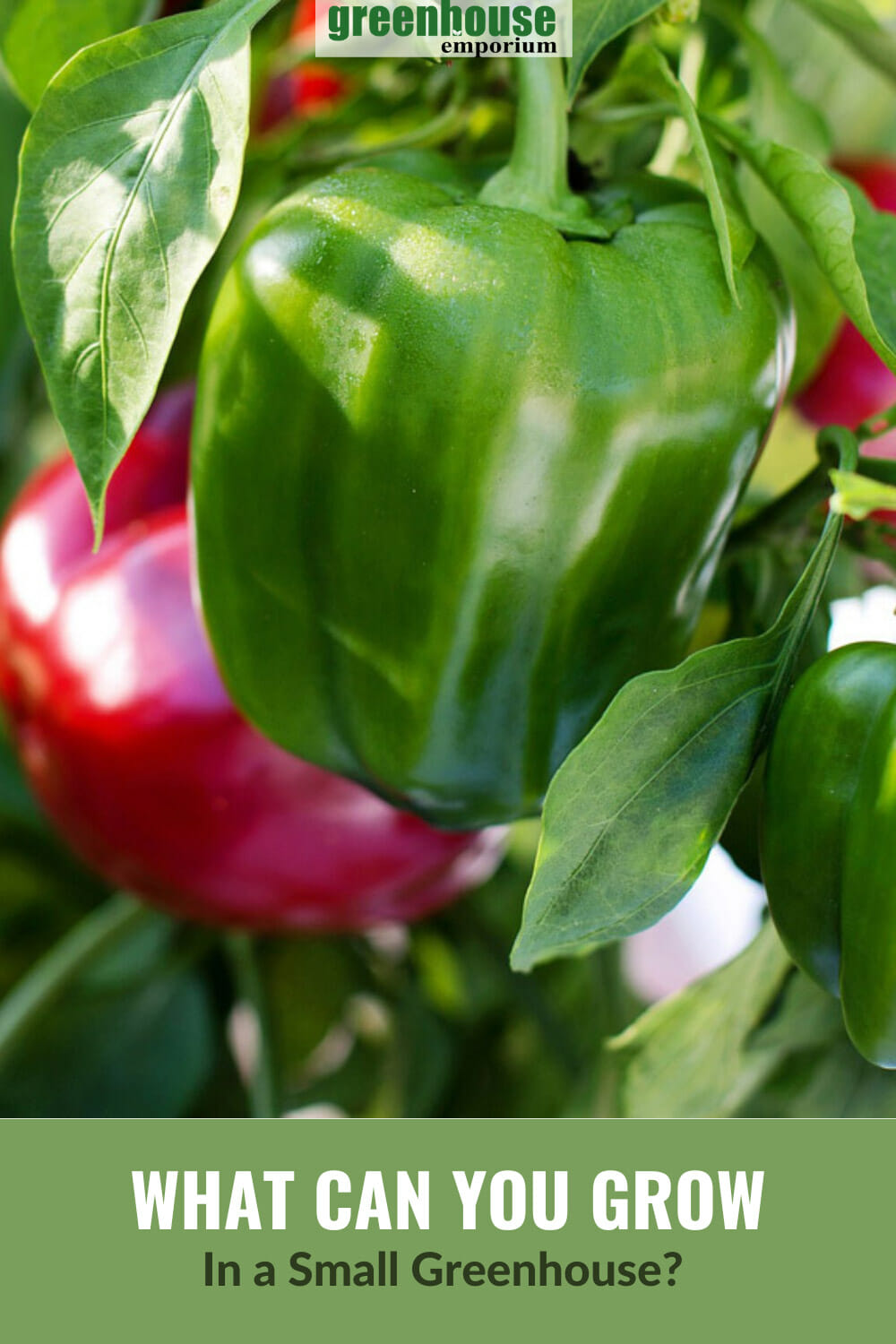
What to grow in a small greenhouse
A small greenhouse is usually no more than 8ft x 8ft, or roughly 64 square feet large. Although at first, this may sound like a lot of space, consider that the average bedroom is usually twice as big. Plus, you’ll need to make sure you still have space to move around in the greenhouse, so not every square inch of space can be taken up by plants, unfortunately.
Despite this, 64 square feet of greenhouse can still provide a lot of opportunities for the home gardener! What you can grow in the space depends on a few factors, including whether the space is heated or unheated. Let’s take a look at what you can plant in each case, and when.
What to plant in a small heated greenhouse
A heated greenhouse is every gardener’s dream. Add a couple of grow lights during the darker months, and you can grow almost anything you want, from lush tropical plants to heat-loving peppers, no matter your climate.
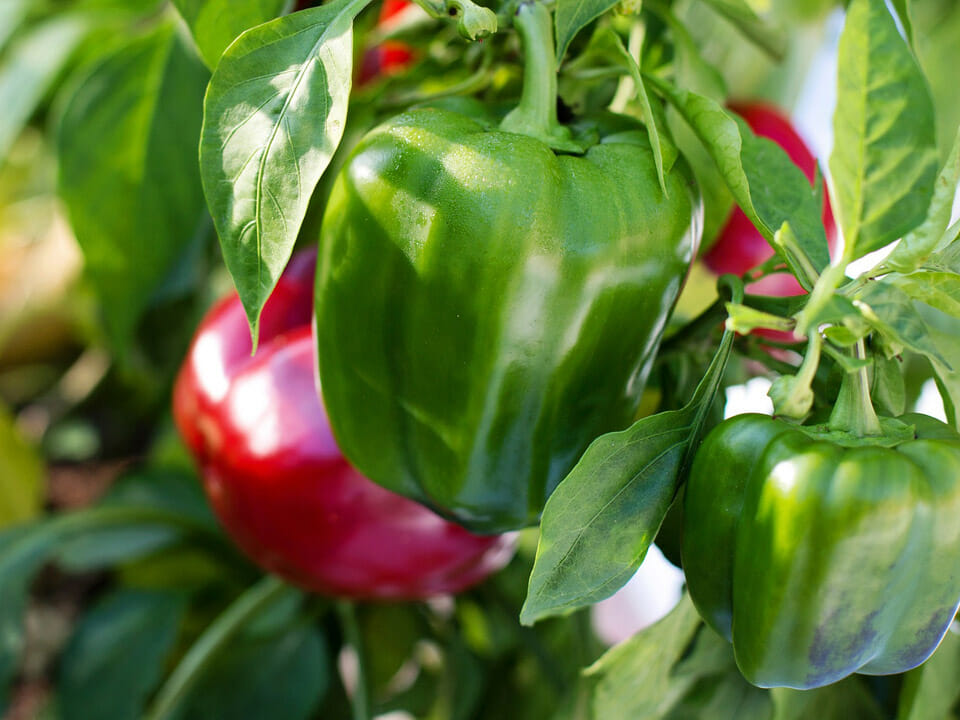
That said, you don’t need grow lights to make the most of your greenhouse! A small heated greenhouse can keep you busy planting and harvesting year-round. Here are some tips to help you organize your planting calendar:
Late winter
Use this time of the year to sow a mix of fast-growing salad greens and to propagate vegetables for a mid to late-spring harvest. Some of our favorite plants to grow this time of year in a small heated greenhouse include:
- Spinach, lettuce, and mustard greens
- Onions (from seed), leeks, and shallots
- Peas (make sure they have a trellis to climb up)
- Carrots, beets, and radishes
- Cauliflower, cabbage, kale, and broccoli
Now is also the time to start chitting your seed potatoes in egg cartons out of direct sunlight.
Early to mid-spring
As the days get longer, it’s time to sow fruit and vegetables that you can harvest in summer. These include:
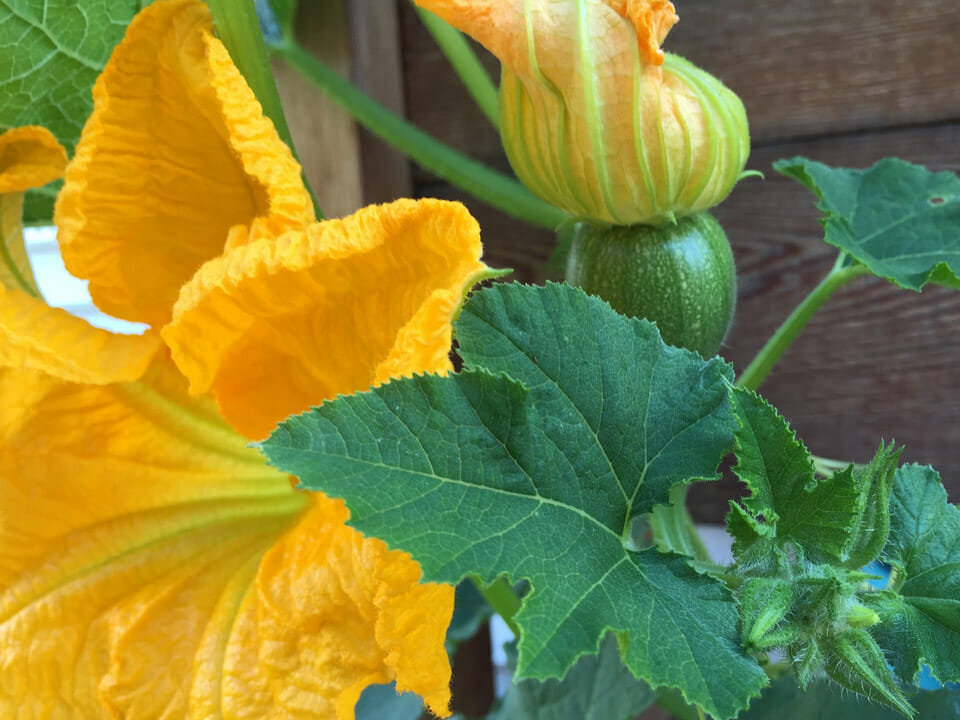
If your seed potatoes have sprouted, plant them in a deep grow bag or pot in your greenhouse, or simply plant them outside if your climate allows!
You can also use this time to start sowing herb seeds or, if it’s easier, buy young plants from nurseries.
Late spring to late summer
This is the warmest part of the year, so you’ll be busy harvesting your fruit and vegetables. However, there are a few plants you can sow in the summer:
- Heat-resistant salad greens such as arugula, New Zealand spinach, Swiss chard, and heat-tolerant lettuces
- Endives, celery, and fennel
- Turnips, swedes, and another round of radishes
A small greenhouse can heat up quickly, which is great during the winter and even into summer if your climate stays cool year-round. Still, make sure to take steps to avoid overheating your greenhouse. Ensure proper ventilation or consider installing a fan. Click here for more tips!
Early fall
Early fall is the best time to start planting fruit and veg for harvesting the next year. This includes:
- Strawberries
- Garlic
- Onions (from sets)
- Beans
If you want to enjoy one last harvest before winter kicks in, here are some excellent fast-growing vegetables to sow in September:
- Spinach and lettuce
- Radishes, carrots, and beets
- Bok choy and Choy sum
- Snow peas
- Early-maturing potatoes

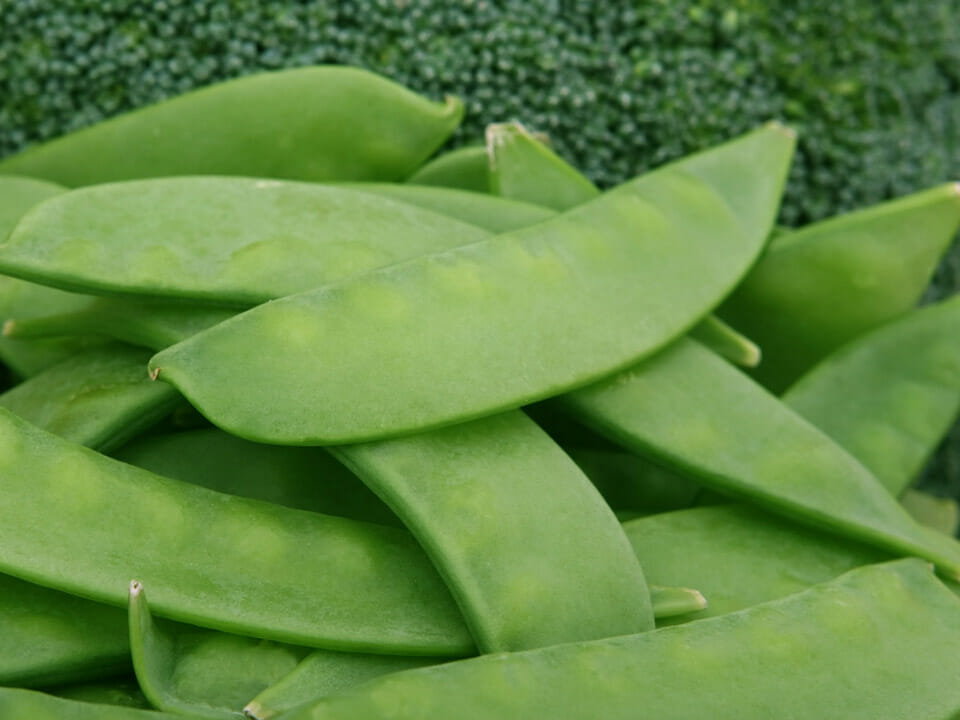
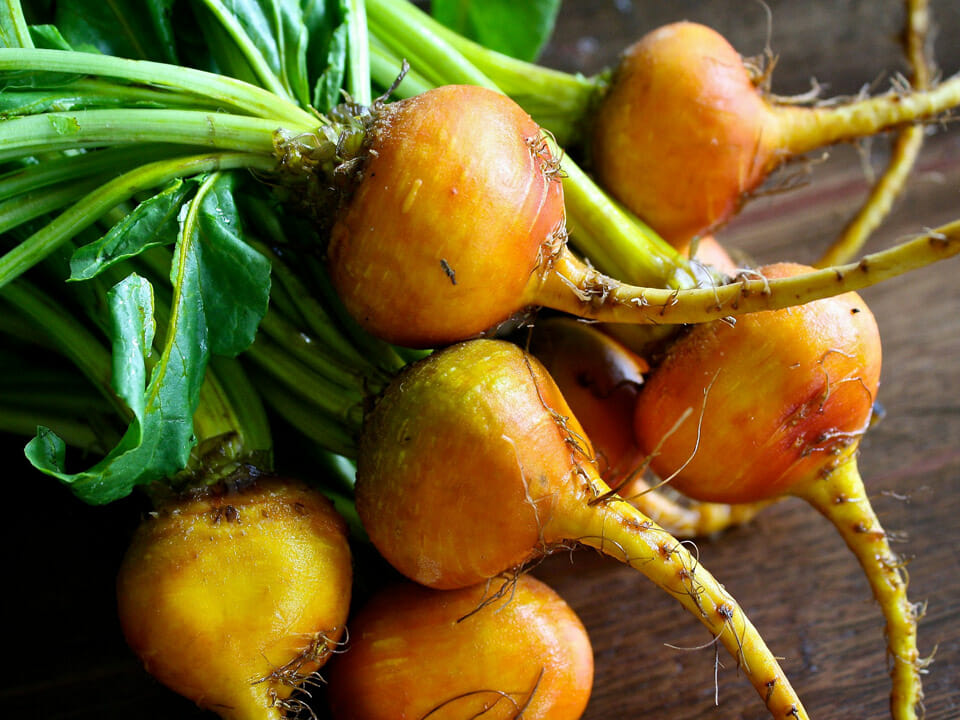
Mid-fall to mid-winter
Keep growing salad greens, microgreens, and herbs. You may notice that, as the days get darker, your vegetables grow slower. Consider adding some grow lights if your greenhouse is too dark, or if you want to grow warm-season plants during this time.
This is also a great time of year to perform some basic greenhouse maintenance and cleaning!
What to plant in a small unheated greenhouse
A small, unheated greenhouse is a fantastic asset in cool climates. However, without a heat source, temperatures inside can drop to freezing levels during the winter. This means you’ll need a different approach to planning out your planting calendar.
You can start sowing seeds as soon as nighttime temperatures in your greenhouse are constantly above 50°F. If you’re growing tender plants from seed, such as tomatoes, eggplants, or squash, use heat mats under your propagation trays. This will help the seeds germinate faster.

Try prioritizing fruit and vegetables that need a long growing season and won’t grow well outdoors in cool climates. This includes crops such as:
- Tomatoes
- Peppers
- Eggplants
- Cucumbers
- Squash
- Melons
- Okra
- Sweet potatoes
After harvesting your main crops, an unheated greenhouse will stay warm enough until mid to late fall. Use these extra weeks for a quick crop of spinach, radishes, baby carrots, Asian cabbages, snow peas, and early-maturing potatoes.
If nighttime temperatures stay between 50°F and 60°F throughout winter, you can use an unheated greenhouse to overwinter potted lemons, limes, and other citrus trees. You can also use your greenhouse to trigger blooming in cacti and succulents, such as the Easter or Christmas cactus.
What not to plant in a small greenhouse
Although a small greenhouse provides many opportunities for the home gardener, there are a few plants you might want to avoid growing so that you can maximize the space and use your greenhouse in the way that you intended.
Corn, for example, needs to be planted densely and is best grown outdoors or in a very large greenhouse. Not only does it take up a lot of space, needing at least 1-3 square feet per plant and growing to be very tall, but corn is also notorious for being difficult to pollinate.
Additionally, squash plants such as pumpkins and watermelon can quickly take up the entirety of a small greenhouse, so unless that’s all you want to grow in your greenhouse for a season, you may want to consider growing smaller plants such as greens.
That said, you can use your small greenhouse to start all of these plants and more from seed, then transplant them outdoors when the temperatures are warm enough!
Can I grow fruit trees in a small greenhouse?
Fruit trees and vines require a fair amount of space to thrive. To make the most out of your small greenhouse, we recommend avoiding dedicating all of the precious space to fruit trees. However, if you want to put a dwarf lemon tree in the corner, we can’t blame you!
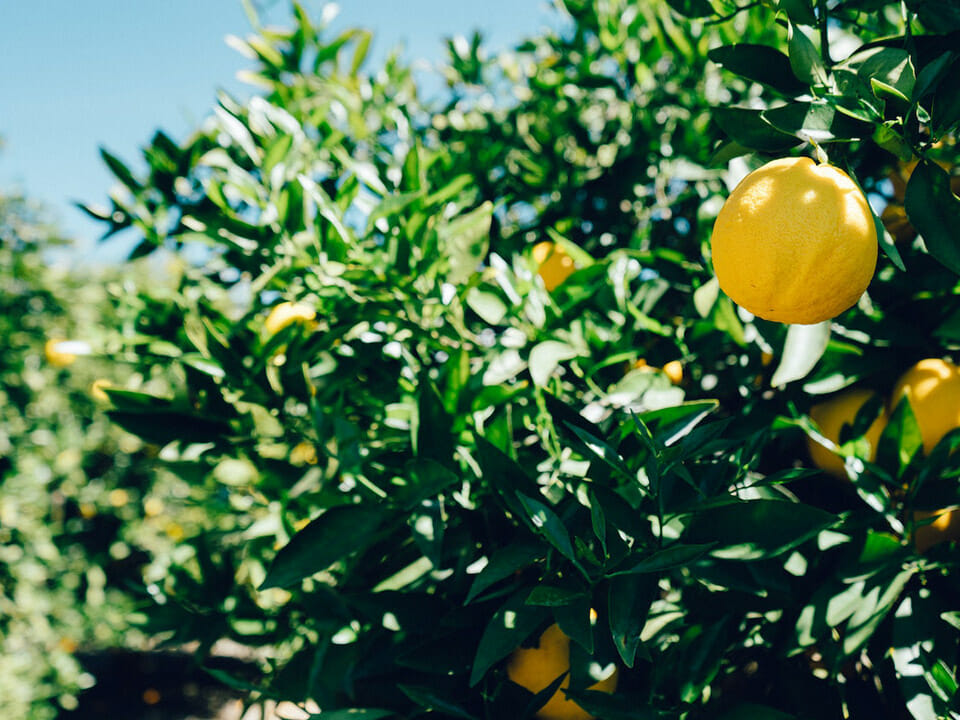
6 growing tips for making the most out of your small greenhouse
Now that you have an idea of what you can grow in your small greenhouse, whether heated or unheated, it’s time to come up with a plan. Make the most out of your space by following these handy tips:
1. Draw up a layout
An 8ft x 8ft greenhouse is a lot bigger than you may think. The best way to recognize its potential is to visualize and design a functional layout.
Take a piece of paper and draw the shape of your greenhouse floor. Then divide the space into 1 sq ft squares. In a 8ft x 8ft greenhouse, you’ll end up with a square grid of 64 squares. That’s a lot of growing space!
Next, assign a purpose to each of those squares. Decide where you’ll put your potting and propagation stations, which sides you’ll use for growing your plants, and whether you’ll need extra room for a heater or a compost bin. To make the most of your space, try using a U-shaped layout.
Leave a gap in the middle that’s at least 2 feet wide. This will allow you to move around, and prevent accidentally knocking something over.
2. Think vertically
If you don’t have enough room to go left or right, then it’s time to go up! Using vertical space is the best way to maximize the potential of a small greenhouse.
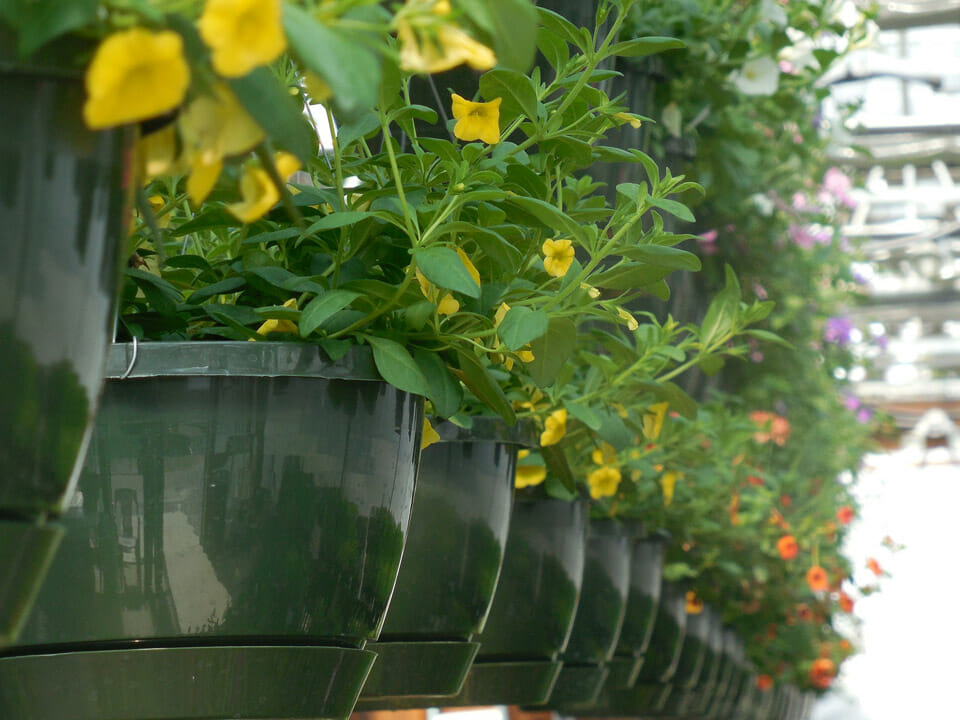
Add shelving units and frames to optimize your growing space. Hanging baskets are fantastic space-savers, and are perfect for growing trailing tomatoes or strawberries. You can also use trellises for plants such as peas, beans, zucchini, and cucumbers.
3. Don’t let the space under the shelves go to waste
The space beneath the shelves and workbenches is often too dark for your plants. Use it to store your tools, bags of soil, fertilizers, watering cans, pots, and propagation trays. Or, even better, use it to grow mushrooms!
4. Don’t crowd your plants
As tempting as it is, growing too many plants in a small greenhouse will create more problems than it’s worth. The plants will compete for sunlight and room to grow, and they’re more likely to suffer from pests and fungal diseases.
5. Invest in a greenhouse heater
Small greenhouses lose heat faster than larger ones, especially in winter. Luckily, their small size also makes them easier to warm up. In very cold climates, it’s worth going the extra mile and buying a greenhouse heater so you can extend your season even further.
A heater will ensure that the temperature inside your greenhouse never drops below 60°F during the night in winter. This will increase the length of your growing season, and also allows you to grow exotic crops such as kiwi or vanilla.
6. Know which plants take up the most space
Remember the 64 squares plan you drew up earlier? Some plants such as lettuce can grow comfortably in one square or less. Others, however, can use up your growing space in no time.
- Squash, pumpkins, and watermelons need 4 sq ft per plant.
- Cabbage, cauliflower, and broccoli plants need at least 2 sq ft each.
- Asparagus is a perennial that needs at least 3 years before you can harvest it. It may only need 2 sq ft per plant, but that space is practically unusable in the meantime.
- Herbs such as mint and dill are vigorous growers that tend to sprawl, even in containers.
- Sweetcorn should always be planted in square-shaped blocks to facilitate pollination, which can also limit your growing area.
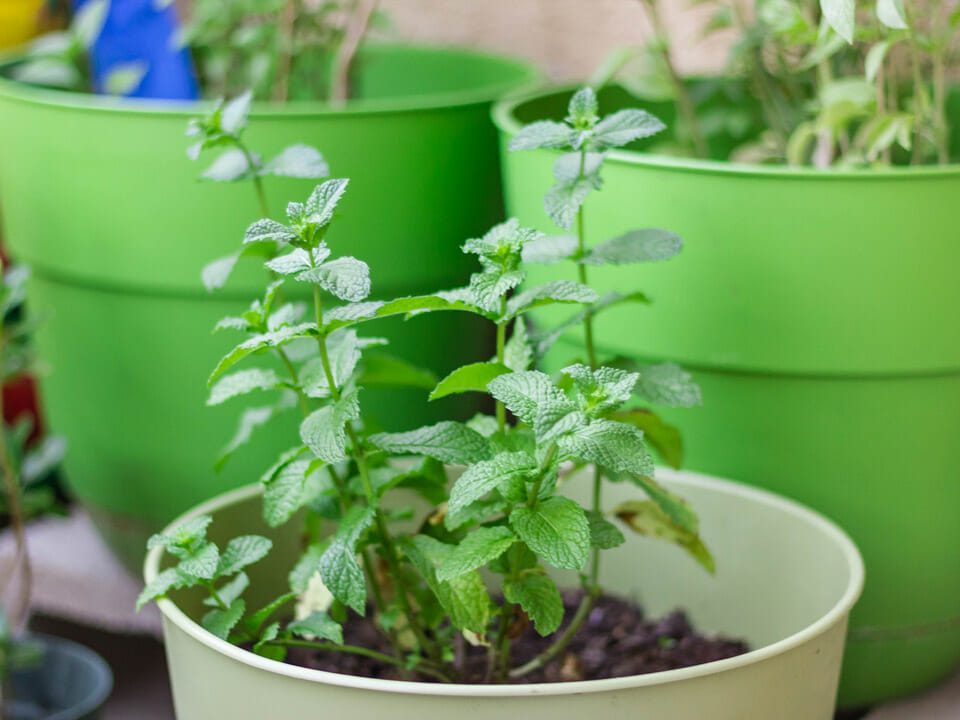
If you want to grow these plants, remember to plan your layout accordingly, so that they all have enough room to develop.
































